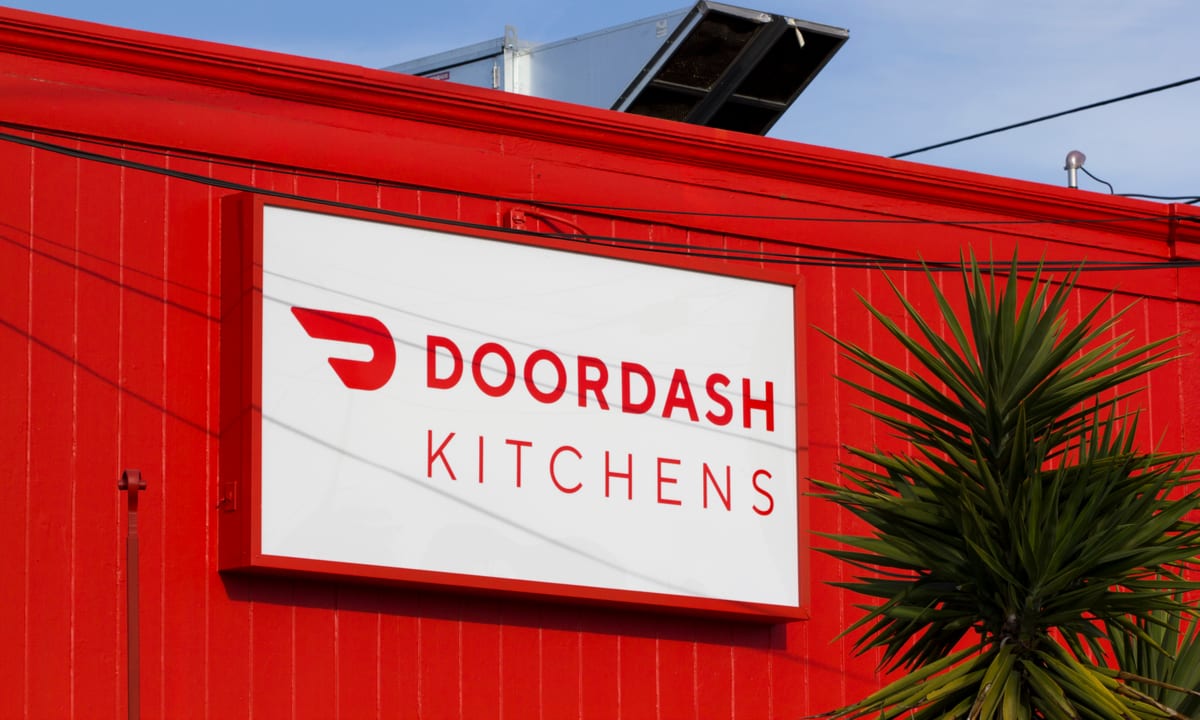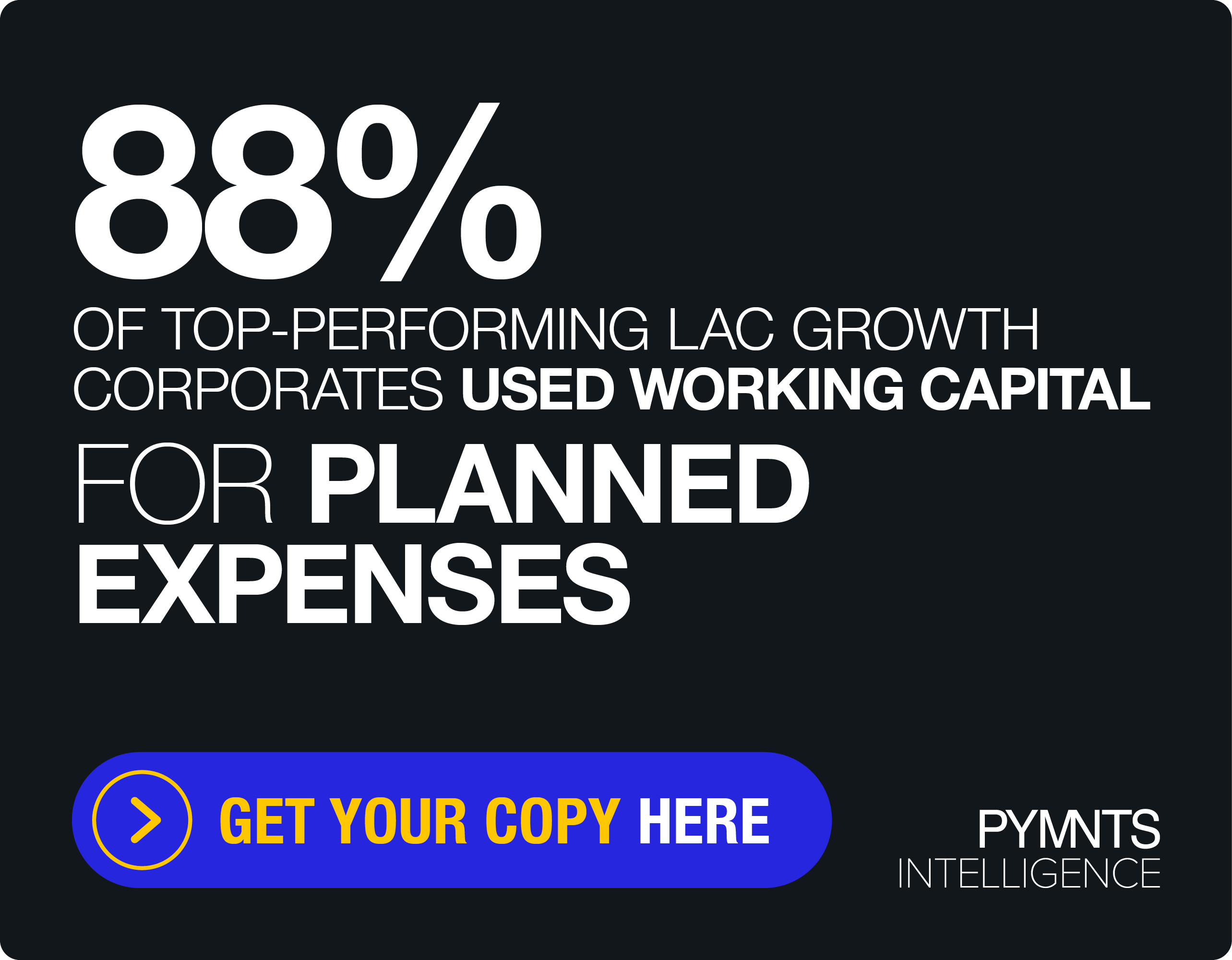With Capped Fees, Dining Aggregators May Face Tough Post-Covid Future

There’s the old joke: A business loses money on every sale. But the owner has a smile on her face – and when asked what the plan is to be profitable, to make a real go of it, she grins and states….
“We’ll make it up in volume.”
The joke, like so many, offers a glimpse into reality – in this case, what may be a stark reality facing delivery aggregators as they navigate the pandemic.
They may face a rocky road after COVID-19 recedes.
Several states have instituted caps on the fees that apps and platforms can charge on restaurants. Washington state became the latest example late last month, as reported by Eater Seattle, and joins New Jersey and cities such as New York City, as PYMNTS reported. Last month, Chicago announced a 15 percent delivery cap on what third-party aggregators can charge restaurants. And fines loom for those who violate the cap in the Windy City – as much as several thousand dollars, according to Restaurant Dive.
In terms of the economics, the commissions are capped at about 15 percent to 18 percent, depending on the locale, in a marked decline from the typical 30 percent fee.
The caps represent at least one way for restaurants to salvage margins as they pivot to delivery to keep top lines afloat, and as more restrictions on in-door dining gather steam amid a new wave of the ongoing health crisis in the U.S.
But the ripple effect threatens to spill over onto the aggregators. DoorDash spokeswoman Campbell Matthews told Eater Seattle: “We recognize the challenges Washington restaurants are facing, and the difficult decisions Governor Inslee must make as we work to stop the spread of COVID-19 and support our local communities. We remain concerned that pricing regulations like this one could result in higher costs for customers, which could lead to fewer orders for local restaurants and fewer earning opportunities for Dashers.”
Caps Are Temporary – But What if They’re Not?
The caps may be temporary, at least until economies open up more fully – and thus far, the caps are pretty scattered across the U.S. But they speak to the increased scrutiny lawmakers are giving to industries hard-hit by the pandemic, and the great digital shift that’s taken place.
The aggregators, of course, have enjoyed a perfect storm of demand. DoorDash stands out as a strong example of latching onto the hot IPO market (reports have the company valued at as much as $30 billion, as CNBC reported). At least some restaurants, per CNBC, are seeking out cheaper options in an effort to preserve margins. DoorDash may also be the (relatively) heavy hitter in the space, with 50 percent market share, followed by Uber Eats at about 27 percent. But even with the latest data – and even with the demand surge – through the nine months that ended in September 2020, DoorDash posted an operating loss of $131 million, as revenues surged more than 220 percent to $1.9 billion. And that was before the caps – so, by and large, with the 30 percent commission fee, as detailed in the S-1 filing with the SEC. The question is: If it’s hard to make money on the higher commission structure, how does one make money with a sharply lower commission take?
DoorDash is branching out to other services, such as a “ghost convenience store” that is a nod to operating a brick-and-mortar service. We’d contend that’s a lower-margin business, and yet the roots and the proverbial bread and butter remains with delivery. So ghost kitchens may be an unappetizing option, competing with the installed base of restaurants on which DoorDash depends (Uber abandoned its own ghost kitchen concept earlier in the year).
Perhaps the most troubling signal that the aggregators might face a tough road with caps, should they become widespread in a post-pandemic world, comes from recent PYMNTS research. Vaccines are here, and are being rolled out. In a recent PYMNTS study that delved into the intent to get vaccines – and, by extension, venture back out into the real world – about 51 percent of consumers who have been ordering more food online from restaurants are likely to get a vaccine. Roughly 11 percent of those surveyed look forward to returning to restaurants. And individuals have been returning to on-premise dining, indicating that consumer behavior has not been permanently altered. The takeaway is that food delivery – which saw a great pivot – may see the pinch of a new pivot away from the aggregators.
